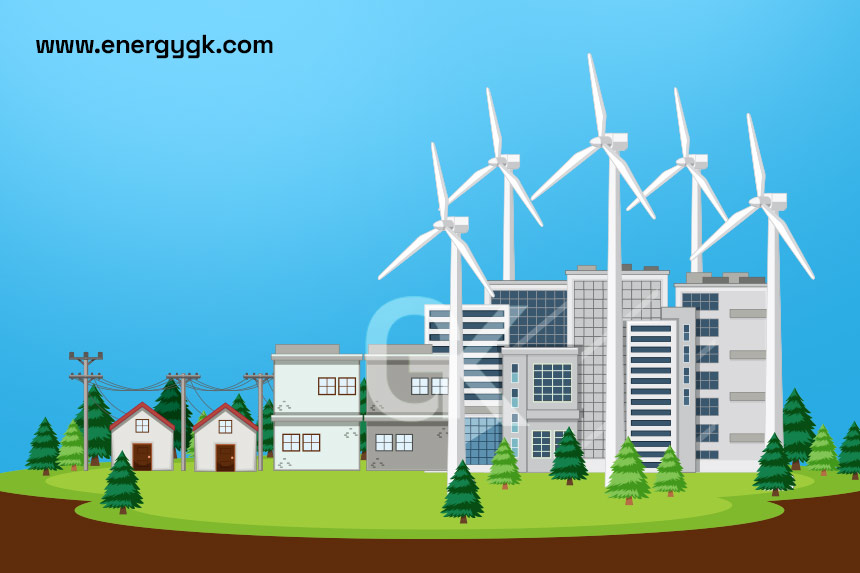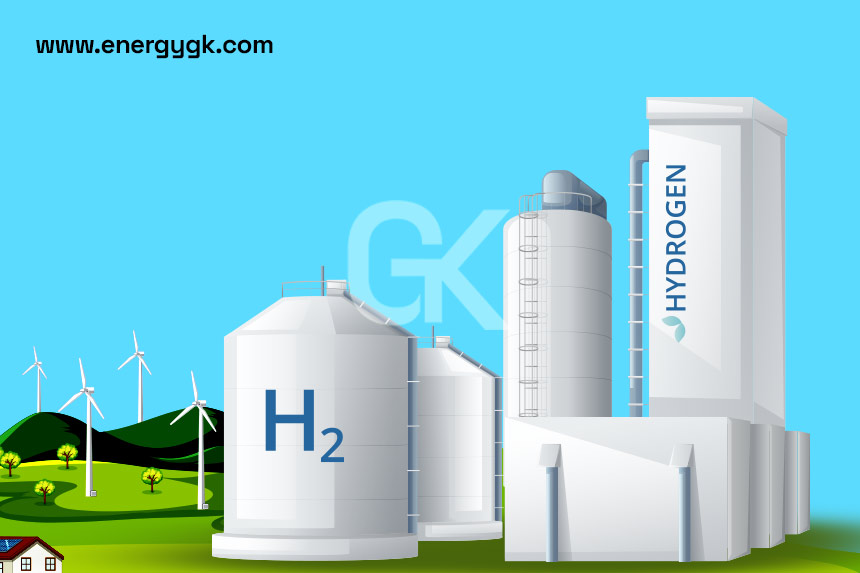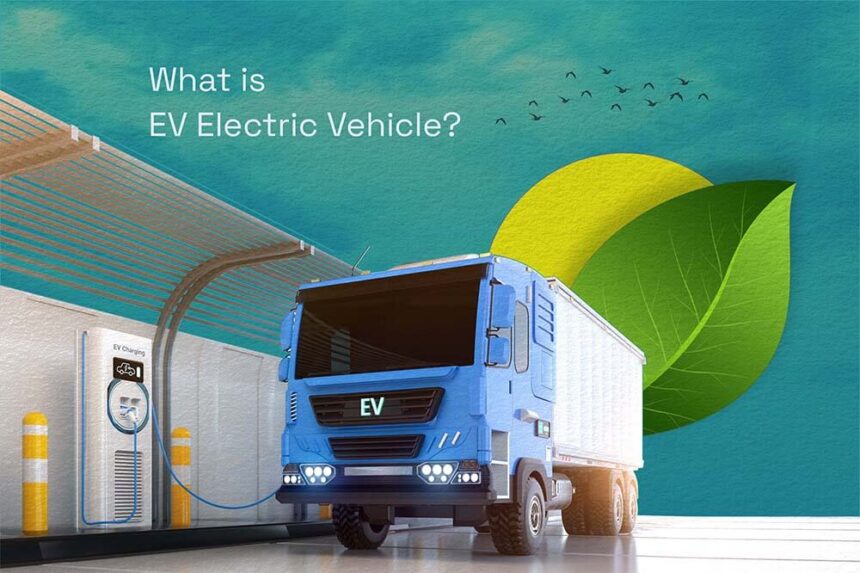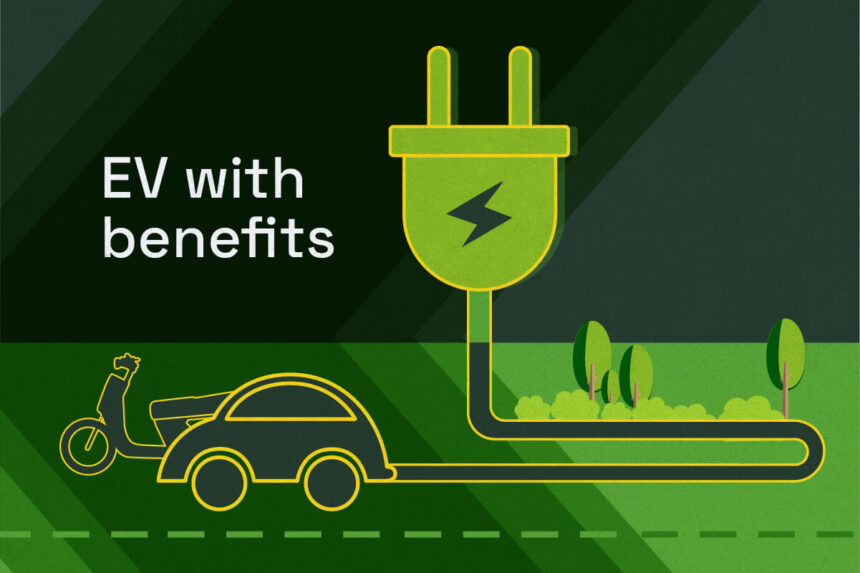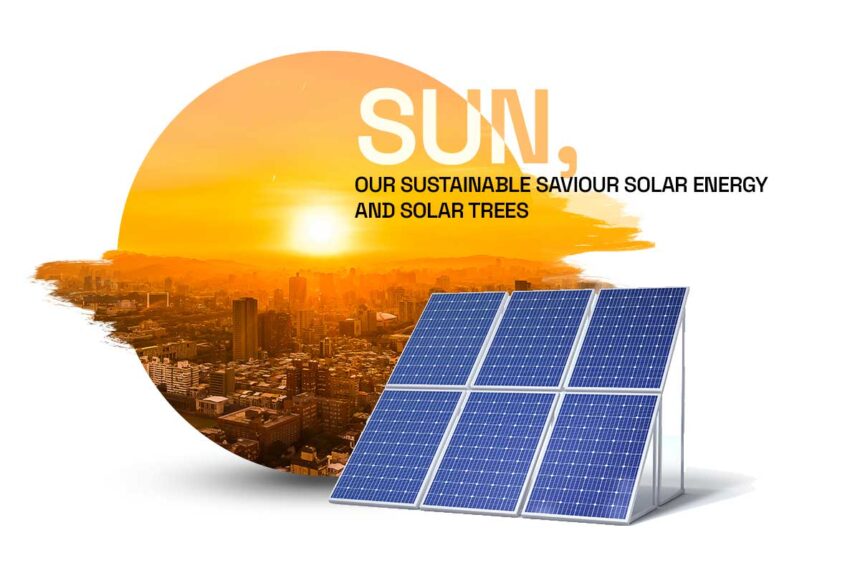Wind energy stands as a powerful testament to human innovation, harnessing the unseen forces of nature to illuminate our homes, power our businesses, and preserve our planet. In this age of environmental awareness and sustainable living, the wind emerges as a steadfast ally in our journey towards a cleaner and greener future.
Understanding Wind Energy
At its core, wind energy is the conversion of wind’s kinetic energy into usable electricity. This remarkable feat is accomplished through the utilization of wind turbines, structures equipped with blades that rotate when exposed to wind. The rotation triggers the generation of electricity through an interconnected system, a marvel of engineering that continues to evolve.
Advantages of Wind Energy
The allure of wind energy lies not only in its elegance but also in its profound benefits. At the heart of its appeal is its status as a clean and renewable resource. Unlike fossil fuels, wind energy produces no harmful emissions, offering a breath of fresh air to our beleaguered planet. The reduction in carbon footprint and greenhouse gas emissions serves as a crucial step in our battle against climate change.
The economic advantages of wind energy reverberate strongly. For homeowners, the installation of residential wind turbines translates to a substantial reduction in energy costs. As the blades spin, electricity is generated, leading to a noticeable dip in monthly bills. Moreover, governments around the world recognize the importance of renewable energy and often provide incentives and tax benefits to those who embrace wind power.
Wind Energy for Homes
Imagine the sight of a sleek residential wind turbine gracefully capturing the wind’s dance. These turbines, designed to complement rather than dominate the landscape, have the power to turn homes into miniature power stations. The energy generated not only powers your appliances but can also be fed back into the grid, potentially earning you credits.
The concept is simple: the wind spins the blades, the blades turn a shaft, and the shaft is connected to a generator that produces electricity. This clean energy source can significantly reduce your reliance on conventional power sources, bringing both environmental and financial relief.
Wind Energy for Businesses
Beyond homes, businesses have also been quick to embrace the potential of wind energy. Integrating wind power into commercial operations offers a dual advantage of energy reliability and grid independence. Imagine a factory humming with activity, powered by the steady breeze that sweeps the landscape. This not only ensures continuity of operations but also presents a clear demonstration of corporate social responsibility.
Moreover, businesses investing in wind energy often find themselves in a favorable economic position. The savings generated from reduced energy bills can be redirected towards growth initiatives. Additionally, the adoption of renewable energy sources enhances a company’s image, appealing to environmentally conscious consumers.
Environmental Impact
The impact of wind energy on the environment cannot be overstated. With every turn of the turbine, we contribute to the global fight against climate change. The substitution of wind power for fossil fuels helps reduce air pollution, water contamination, and the depletion of precious natural resources. It’s a powerful statement of our commitment to a cleaner world, resonating across generations.
Challenges and Solutions
No innovation is without its challenges, and wind energy is no exception. Concerns about noise and visual impact have prompted careful consideration of turbine placement and design. However, ongoing technological advancements have led to quieter and more aesthetically pleasing turbine models. Engineers and designers are collaborating to strike the delicate balance between functionality and harmonious integration.
Community and Local Benefits
The wind energy revolution brings with it a gust of community and local benefits. As wind farms emerge, so do opportunities for job creation and economic growth. From manufacturing and installation to maintenance and support services, the wind energy sector ripples with employment potential. Furthermore, some regions are exploring shared ownership models, allowing communities to actively participate in and benefit from wind energy projects.
Global Wind Energy Trends
The winds of change are sweeping across the globe, with wind energy capacity experiencing exponential growth. Countries such as China, the United States, and Germany lead the charge, erecting towering turbines that dot the horizon. This global shift towards wind power underscores its viability and potential to reshape the energy landscape.
Future Prospects
As technology marches forward, the future of wind energy appears promising and dynamic. Innovations in turbine design, materials, and energy storage are poised to unlock new dimensions of efficiency and reliability. Wind energy is not merely a fleeting trend; it’s a steadfast pillar of the sustainable energy mix that will continue to gain momentum.
Conclusion
In a world yearning for solutions to energy challenges and environmental crises, wind energy emerges as a beacon of hope. Its ability to benefit homes, empower businesses, and safeguard the planet is a testament to human ingenuity and determination. By harnessing the power of the wind, we embark on a transformative journey towards a brighter, cleaner, and more sustainable future.
FAQs:
- How do wind turbines convert wind into electricity? Wind turbines capture the kinetic energy of the wind through rotating blades. The spinning motion turns a generator, which then produces electricity.
- Can I completely eliminate my electricity bills with wind energy? While wind energy can significantly reduce your electricity bills, complete elimination may depend on factors like wind speed, turbine capacity, and local regulations.
- Are there any maintenance requirements for residential wind turbines? Yes, like any machinery, wind turbines require regular maintenance to ensure optimal performance and longevity.
- What role does government policy play in promoting wind energy? Government policies often include incentives, subsidies, and regulations that encourage the adoption of wind energy and other renewables.
- Is wind energy a viable solution for regions with low wind speeds? In regions with low wind speeds, it might be less efficient to rely solely on wind energy. However, advances in technology are making wind turbines more adaptable to varying wind conditions.


